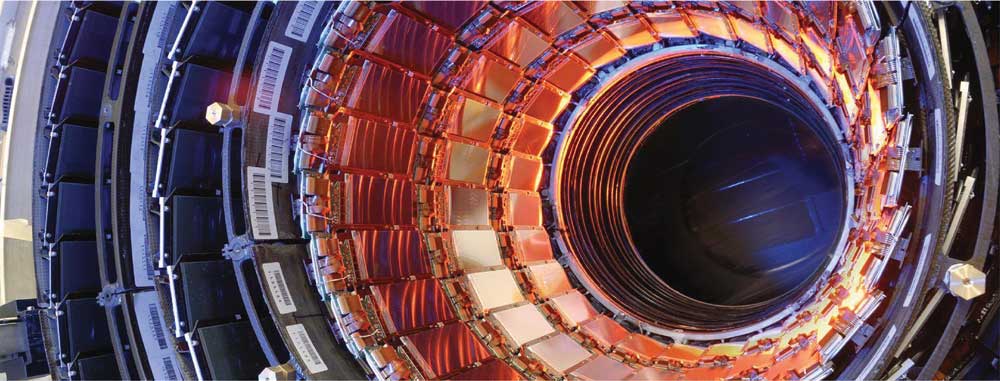Uncovering the secrets of the universe
Department of Physics and Astronomy, University of Victoria
By smashing particles together at incredibly high speeds, physicists explore the basic components of matter and energy, the interactions between them, and the nature of space and time. This revolutionizes the way we look at the universe and makes a significant contribution to our daily lives; the tools and methodologies needed to tackle the massive problems of physics often have surprising applicability elsewhere. The World Wide Web is a prime example, based on technologies originally developed to share high-energy physics research.
A similar tool that could one day grow beyond its particle-physics roots is the High Energy Physics (HEP) Data-Intensive Distributed Cloud Computing platform. While it currently helps physicists in their research, this Platform is also broadly applicable to many “big data” problems.
Developed primarily by the University of Victoria, the HEP Platform is giving researchers the tools to analyze, catalogue, and identify the phenomenon generated from particle-physics experiments such as the ATLAS experiment at CERN’s Large Hadron Collider (LHC).


